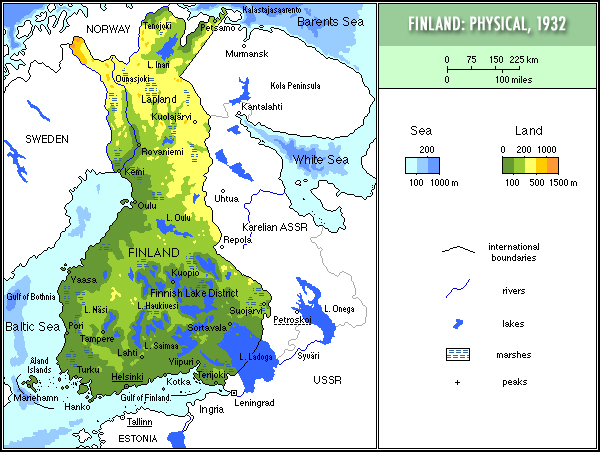I voted advantage Axis. As others have explained, the Allies didn’t have very good methods of detecting u-boats–at least not after the first year of the war. However, that changed as the war progressed. The Germans did not anticipate the Allies miniaturizing radar to the point where it could be equipped on board an aircraft. (Even though they later duplicated that feat.) When the British began using such aircraft against u-boats, it fundamentally altered the equation in the Atlantic.
During the last year of the war, the Germans were taking steps to reclaim the edge in the war of the Atlantic.
One of those steps involved torpedoes. A standard-issue WWII era torpedo involved a diesel engine, as well as fuel and compressed air so that the engine could work. The compressed air took up plenty of space. Early in the war, Germany’s torpedoes were based on this model. But there are problems with diesel-powered torpedoes. They are noisy, and can be detected by enemy ships. As they burn diesel fuel, they leave a telltale trail of bubbles in the water. If this trail is observed from the air, it alerts the target ship a torpedo is coming, and guides planes back to the sub which launched the torpedo in the first place. Something better was needed–or at least desired.
The Japanese dealt with these problems by providing their torpedoes with compressed oxygen, not compressed air. Separating the oxygen out from the rest of the air was very difficult, and the Japanese closely guarded their secret of how to do it. A diesel engine requires only 1/5 as much compressed oxygen to burn a given quantity of diesel fuel as it would compressed air. Due to the enormous space savings gained by using compressed oxygen, Japanese “Long Lance” torpedoes had about triple the range of anyone else’s. Also, the air bubble trail they left was much less pronounced than typical for a WWII-era torpedo. This was particularly important for the South Pacific at night, because the presence of luminescent algae meant that those bubble trails glowed in the dark!
The Germans dealt with the torpedo problem in a different way. As the war progressed, they began making use of battery-powered electric torpedoes. At first these torpedoes represented a very serious trade-off. Their range was much shorter than a standard-issue diesel torpedo’s. On the other hand, the electric torpedoes left no bubble trail, and were very, very quiet. They were therefore a mixed blessing–at least until the Germans began to improve their range. Later in the war, Germany’s electric torpedoes had about the same range as standard-issue diesel torpedoes. (Japan’s torpedoes, of course, had a much longer range than anyone else’s.)
Good torpedoes were useful, but not alone enough to swing the Battle of the Atlantic back in Germany’s favor. What it needed was a submarine much harder for the British to detect than the submarines it had. In addition, the submarine in question needed a long range, and it needed to be mass produceable in large quantities. The Type XXI u-boat was all these things and more.
The Type XXI was fast. Its hydrodynamic shape allowed it to actually travel faster underwater than it could on the surface. It had a very advanced (for the time) electronics suite and sonar system. Its electric torpedoes had a range comparable to most diesel-powered torpedoes of the era. Its hull was coated in a layer of rubber, making it very difficult to detect via radar or sonar. It had a very large complement of batteries–batteries which allowed it to remain submersed for 2 - 3 days at a time. When it did finally have to emerge, it didn’t need to come all the way to the surface. Instead, it would go most of the way to the surface, then raise its snorkel. With the snorkel above the surface it could run its diesel engines. (Necessary to recharge its batteries.) This submarine was much, much quieter than almost any other sub of WWII. The Type XXI u-boat and associated models were by far the most advanced submarines of the war. In many ways they had more in common with nuclear submarines of the postwar era than with their WWII contemporaries.
Albert Speer began producing this type of submarine in large quantities in 1944. These subs were built in sections to make them easier to mass produce. However, there were some initial glitches in the production process, slowing things down. Also, a submarine this sophisticated required a relatively long working up period. No Type XXIs saw action before the war ended. Had the war lasted another six months, the story would have been very different. :o
A sister ship–the Type XXIII–was put into service, in limited numbers, before the war ended. The Type XXIII was very similar to the Type XXI in most ways, except much smaller and with a shorter range. The Type XXIII could hold only two torpedoes (compared to twelve for the XXI). The Type XXIII was intended for use in coastal waters. Type XXIIIs sank or damaged five Allied ships; and the Allies did not sink or damage any Type XXIIIs. The rather one-sided track record of the Type XXIII reinforces the suspicion that it would have been very, very difficult for the Allies to detect or destroy the Type XXIs.
From the OP: please explain what you do at this time if you are the Axis or Allies?
Am I allowed to use 20/20 hindsight? If I am, my choice would be to accelerate the development and production of the Type XXI as quickly as possible. Had the Type XXI appeared in the Atlantic in large numbers in 1943, it could have decisively tipped the Battle of the Atlantic in Germany’s favor.







